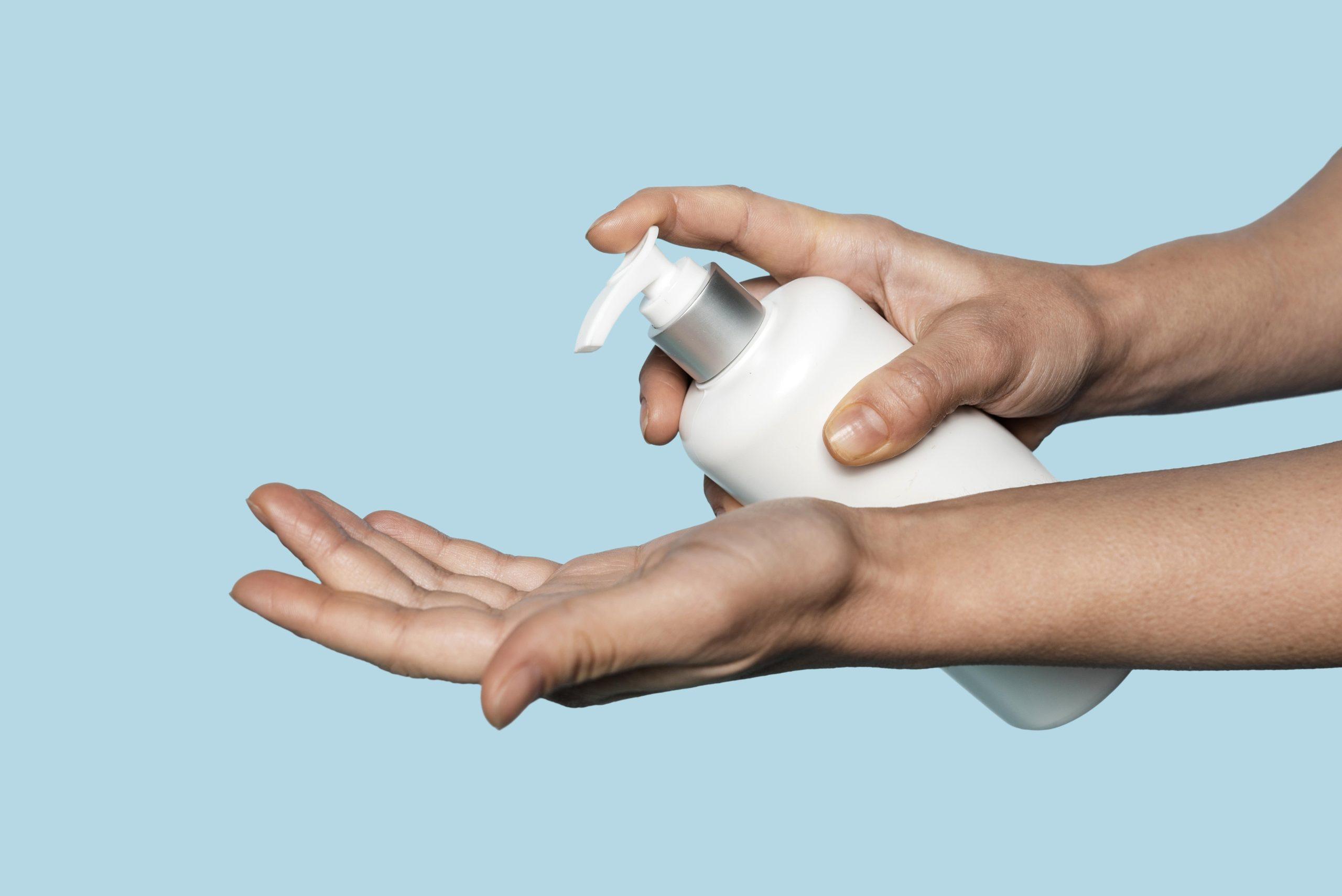Overview
Pain is experienced differently by men and women, despite the fact that pain affects people of all genders. Compared to males, women report higher levels of pain intensity, are more likely to encounter certain types of pain disorders, and seek treatment for pain more frequently. In order to provide individualized and successful pain management techniques, it is imperative to comprehend the distinctions between genders in pain expression, perception, and treatment requirements. In this piece, we examine the complications surrounding pain in women, including the causes of gender differences in pain, the effects on women’s health and wellbeing, and the significance of customized treatment plans.
Disparities in Pain Perception by Gender
Research has indicated that a variety of biological, psychological, and societal factors may influence how men and women experience pain. During the menstrual cycle, pregnancy, and menopause, hormonal fluctuations, such as shifts in estrogen and progesterone levels, can affect how sensitive and perceptive a person is to pain. Gender differences in pain perception may also be influenced by variances in central sensitization mechanisms, neurotransmitter activity, and pain processing pathways. The way that women perceive, express, and manage their pain is also influenced by sociocultural variables, including healthcare inequities, gender roles, and the expectations of society.
Typical Pain Syndromes in Women
Certain pain problems, such as migraine headaches, fibromyalgia, temporomandibular joint disorder (TMJ), irritable bowel syndrome (IBS), and pelvic pain syndromes including vulvodynia and endometriosis, are more common in women. Hormonal, genetic, and psychological variables are often involved in the complex etiology of many disorders. Due to variations in anatomy, biomechanics, and hormones, women may also be more vulnerable to musculoskeletal pain problems including osteoarthritis and low back pain. It is critical to identify and treat these prevalent pain disorders in order to provide women’s health with focused care and support.
Effects of Pain on the Health and Well-Being of Women
Women’s physical and emotional health as well as their quality of life can all be significantly impacted by chronic pain. Constant pain can make it difficult to go about daily tasks, be productive at work, have a good night’s sleep, and interact with others. This can raise disability and lower general wellbeing. Additionally, comorbid illnesses like depression, anxiety, and post-traumatic stress disorder (PTSD) are more common among women with chronic pain, which exacerbates their suffering and lowers their quality of life. A comprehensive and interdisciplinary approach that addresses both the physical and emotional elements of pain is necessary to address the impact of pain on women’s health.
Methods of Treating Pain in Women
In order to effectively manage pain in women and address the distinct biological, psychological, and social aspects that contribute to gender disparities in pain, tailored treatment approaches are needed. Pain and related symptoms can be controlled using pharmacological interventions such as hormone therapy, antidepressants, anticonvulsants, and nonsteroidal anti-inflammatory medications (NSAIDs). Other non-pharmacological approaches to pain management and holistic healing include acupuncture, physical therapy, cognitive-behavioral therapy (CBT), and mindfulness-based stress reduction (MBSR). Furthermore, lifestyle choices like consistent exercise, stress reduction, a balanced diet, and enough sleep are vital for maintaining women’s general health and wellbeing.
Obstacles to Women’s Pain Management
Despite the fact that women experience pain more often than males, there are substantial obstacles in the way of receiving prompt and efficient pain management care. Healthcare professionals may minimize or minimize the pain symptoms experienced by women, which could cause delays in diagnosis and treatment. In addition, structural injustices, prejudice, and a dearth of culturally sensitive services may present further obstacles to treatment for women of color, LGBTQ+ persons, and members of marginalized communities. A holistic strategy is needed to overcome these obstacles, one that includes encouraging inclusive and culturally responsive treatment methods, lobbying for fair access to healthcare resources, and increasing public awareness of gender discrepancies in pain.
The Significance of Research and Advocacy
In order to increase awareness of gender disparities in pain and to improve our comprehension of the underlying mechanisms and therapeutic requirements, advocacy and research initiatives are essential. The National Vulvodynia Association, the Endometriosis Association, and the International Pelvic Pain Society are just a few of the advocacy groups that put out a lot of effort to promote better access to care and educate the public, legislators, and healthcare professionals on women’s pain issues. Studies on treatment results, gender differences in pain management, and gender-specific pain processes also provide important insights that guide the development of evidence-based practice and policy.
In summary
Women’s pain is a complicated and diverse issue that calls for a sophisticated knowledge of the biological, psychological, and social elements that influence how differently women experience, express, and respond to pain. Healthcare professionals can improve women’s health and well-being by offering individualized and efficient pain management solutions by acknowledging and addressing these disparities. Collaborative efforts are critical to improving our understanding of women’s pain and guaranteeing that everyone receives the care and support they require to live healthy, fulfilling lives free from the burden of pain. This includes everything from customized treatment approaches to advocacy campaigns and research initiatives.





